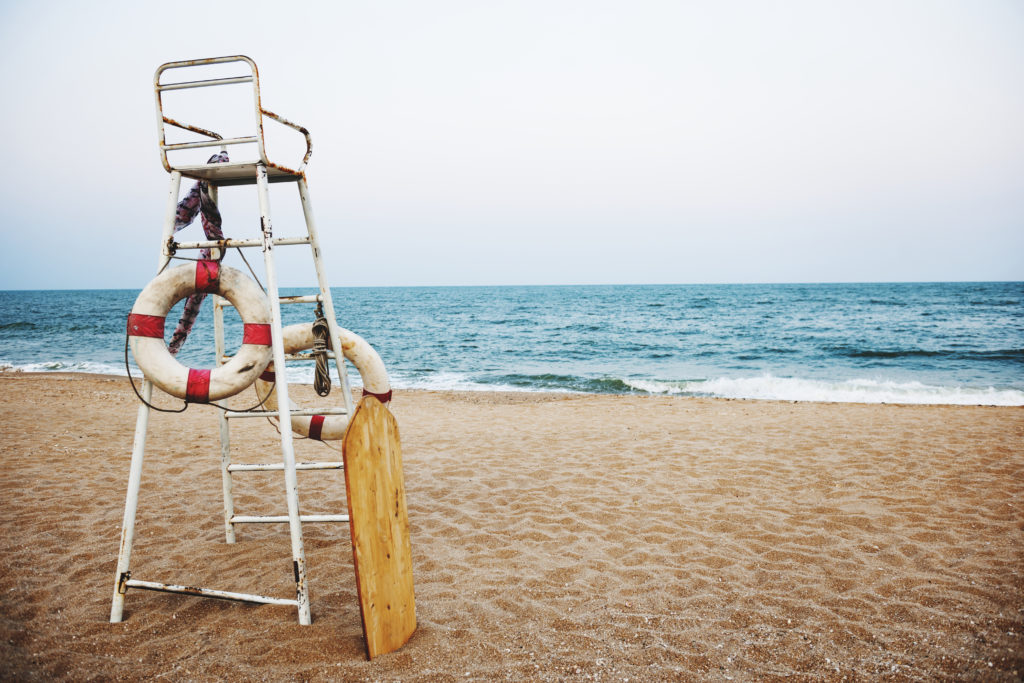Has the thought that “the lifeguards are a waste of resources as they merely sit on their chairs doing nothing” ever crossed your mind? If that’s the case, here are some facts that might change your mind about the importance of a lifeguard in preventing death by drowning in Singapore.
Based on statistics from the Singapore Lifesaving Society in 2010, a total number of 356 reported lifesaving rescues were performed and the total number of deaths by drowning cases heard in the Coroner’s Court was 42. Considering that Singapore is a water locked nation, this is hardly shocking news as most people will come into contact with large bodies of water from time to time.
A lifeguard seeks to prevent potential drowning cases at all times but is always ready for any emergencies. All lifeguards are trained to identify the different categories of swimmers and can provide water safety advice. For example, when encountered with a weak swimmer attempting to swim at the competitive pool, the swimmer would be advised to use the training pool instead as it would be a much safer alternative.
Despite having put in some effort in making the waters a safer place for swimmers, lifeguards are on a constant lookout for emergencies such as when a swimmer sustains an injury and panics. It is only when such situations arise that they tap on their arsenal of lifesaving techniques. Unlike what is usually depicted in dramas, where lifeguards dive in regardless of the situation, lifeguards are trained to perform rescues using techniques that can guarantee their own safety while achieving the objective of rescuing the casualty.
Hopefully, this article was able to shed some light on what a lifeguard is really doing on his chair while on duty and clear up some misconceptions regarding the profession.

 SwimInSG
SwimInSG SwimInSG
SwimInSG